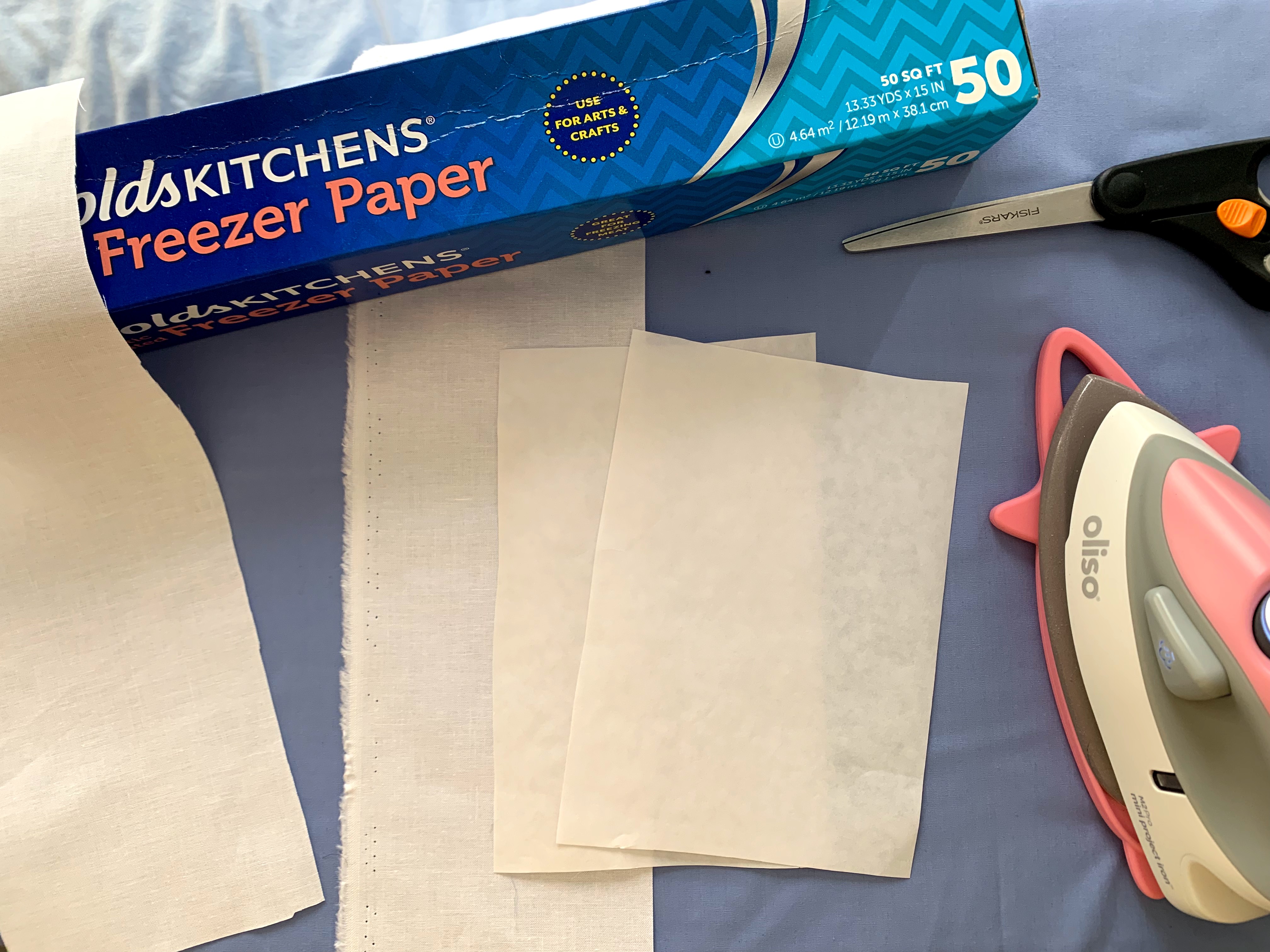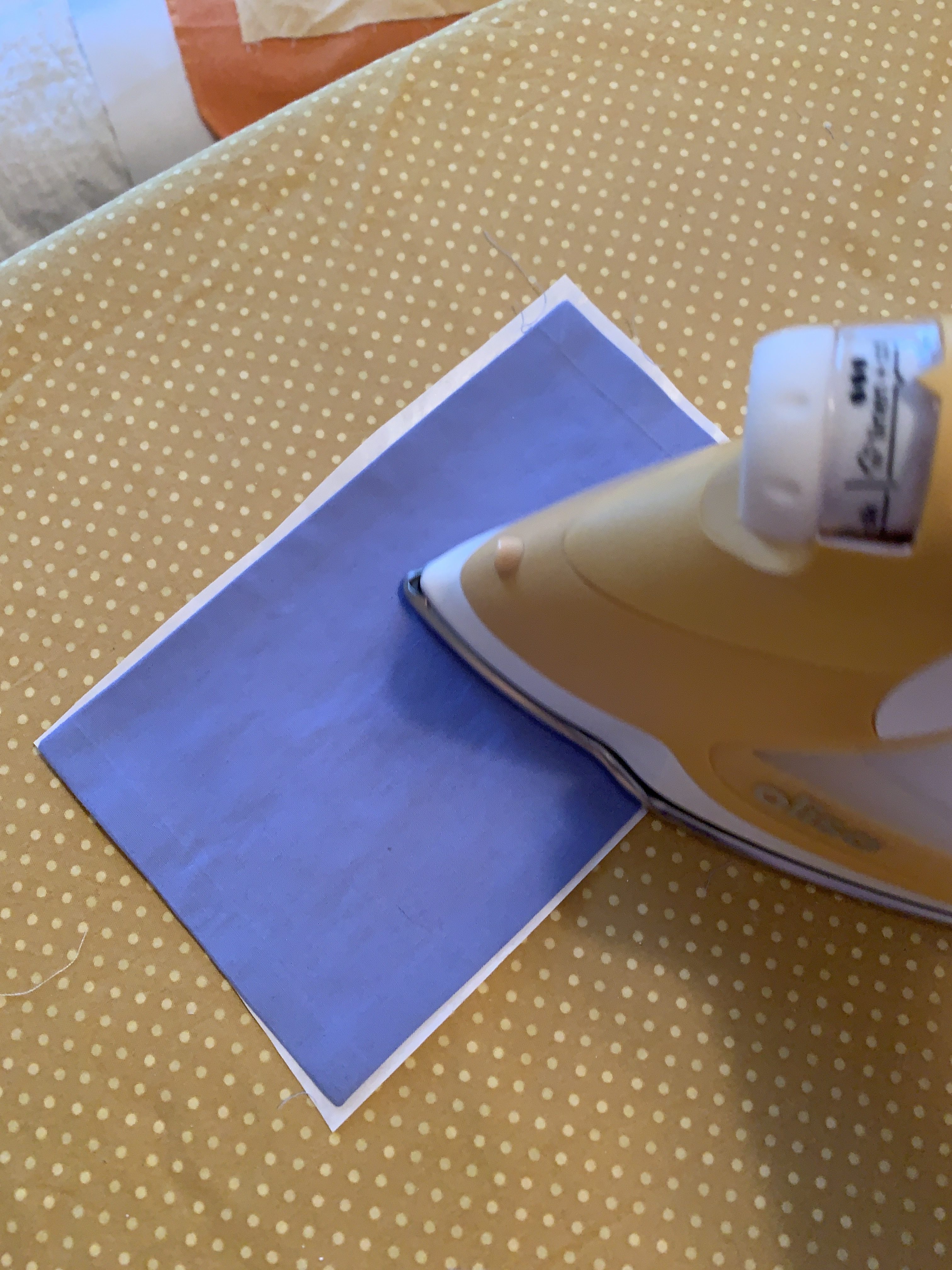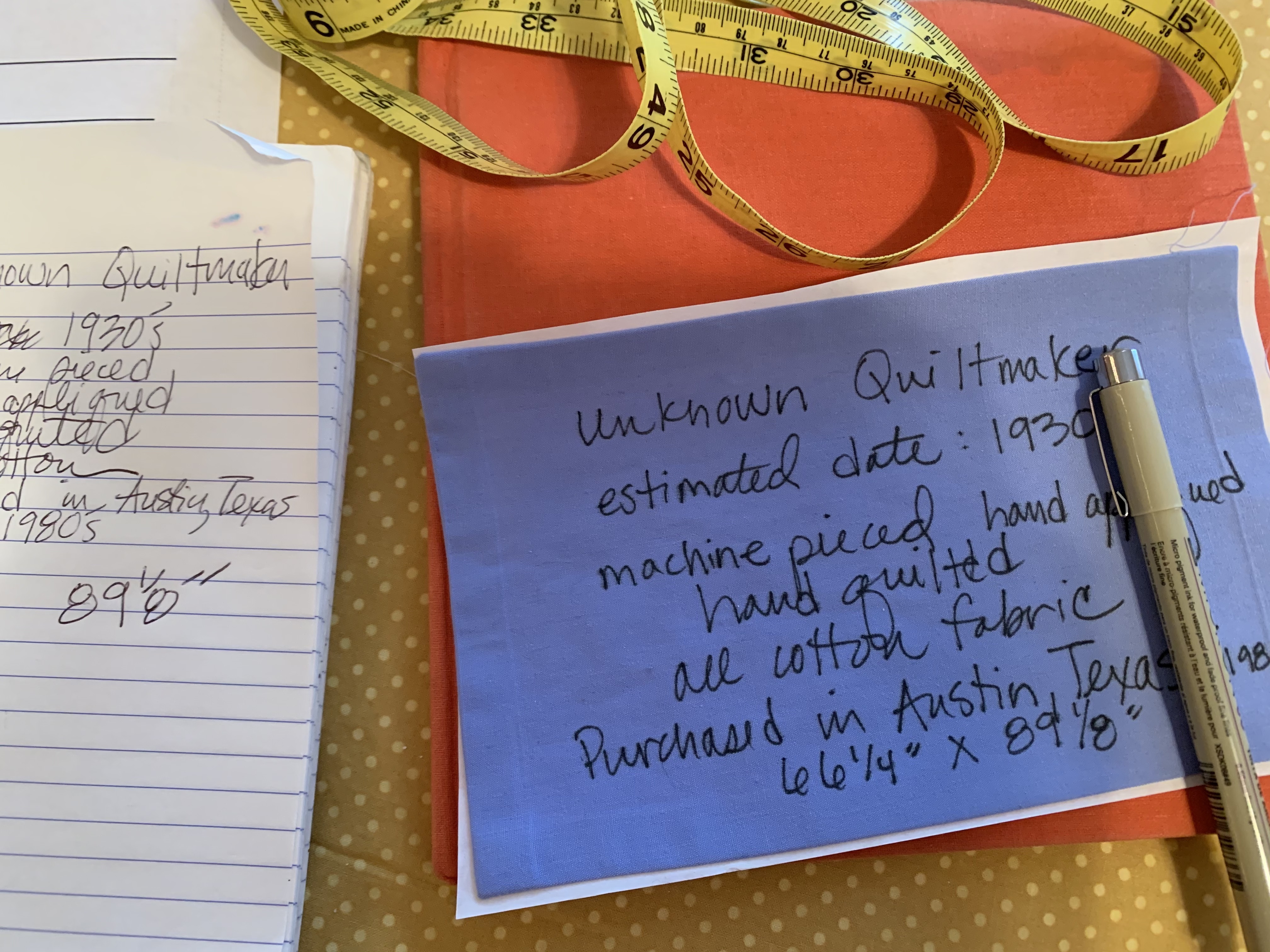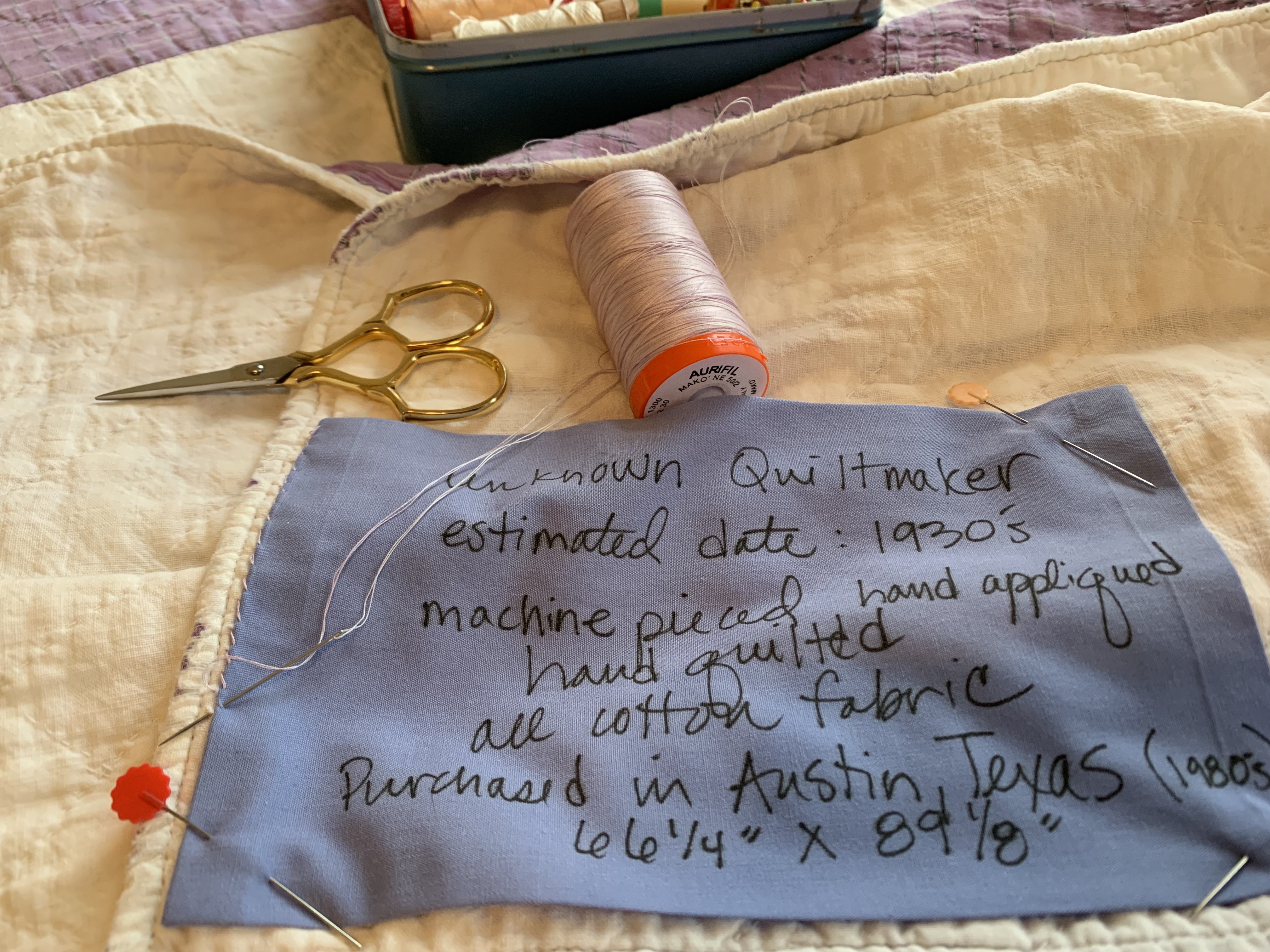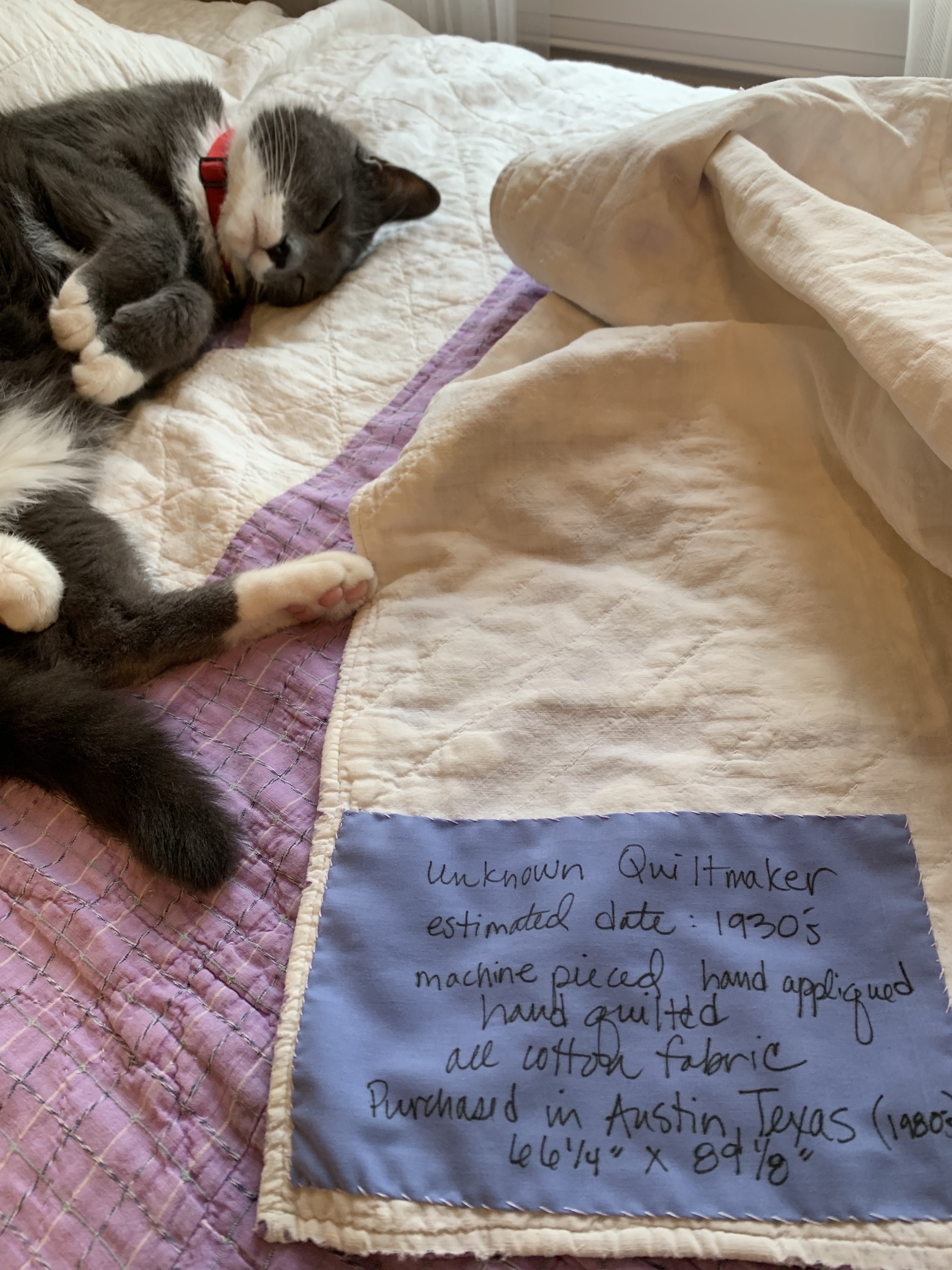Label it Already!
Most quilters have heard the message about quilt labeling. Adding a label to your quilt that includes, at minimum, your name, and when and where the quilt was made, is one way to ensure that its history will remain known and preserved. However, according to the 2016 Handi Quilter Quilters’ Survey only 57% of the 24,185 respondents say they label their quilts consistently, even though 94% of this group said they believe it is important to document and preserve the history of quilts and quiltmakers. What gives?

During our Quilt Story Road Show lectures we always ask the audience: “How many of you label the quilts that you make?” A typical response mirrors the figure from the survey–a little over half the room raises their hand. When we ask a follow up question: “How many of you label the quilts that you own, but did not make?” the room gets quiet and there is mostly blinking and nodding. So, we continue our crusade to change the documentation habits of quilt makers and owners until our vision of No More Anonymous Quiltmakers is realized. (There’s even a t-shirt for this campaign now–buy yours in the QA web shop).
Let’s go over a simple method for making a quilt label. In the past, the Quilt Alliance has offered samples of pre-printed quilt labels (example below) as giveaways at lectures and quilt shows. The labels are small, all-cotton fabric printed with fields for the most basic information. You can buy all manner of pre-printed labels. Some are pre-cut, some are printed on yardage, and if you don’t like the choices you can buy fabric that goes in your printer to create your own custom labels. The goal of this post is to leave you with no excuse not to make a simple label and sew it on. Here are the materials and the steps, now label it already! The two irons featured in this demo are made by Oliso, Here are the options and steps: Click arrow in top right to view slides.


